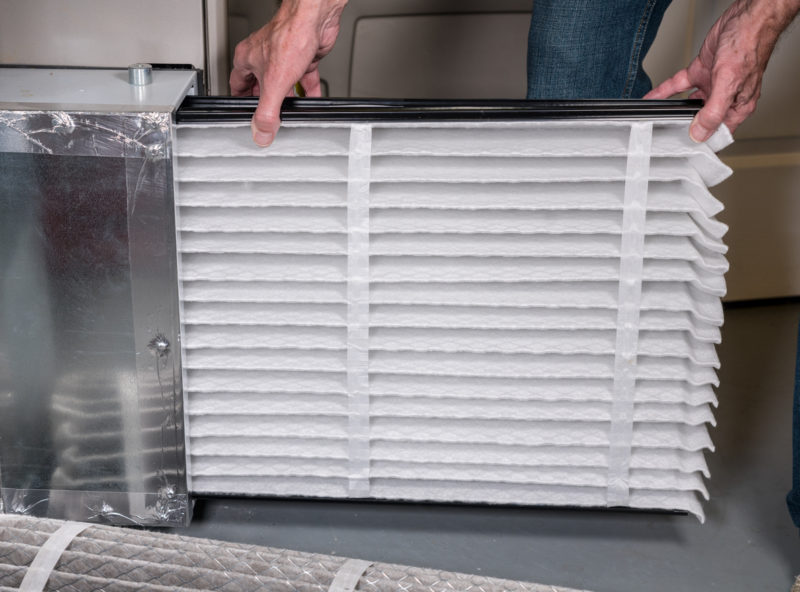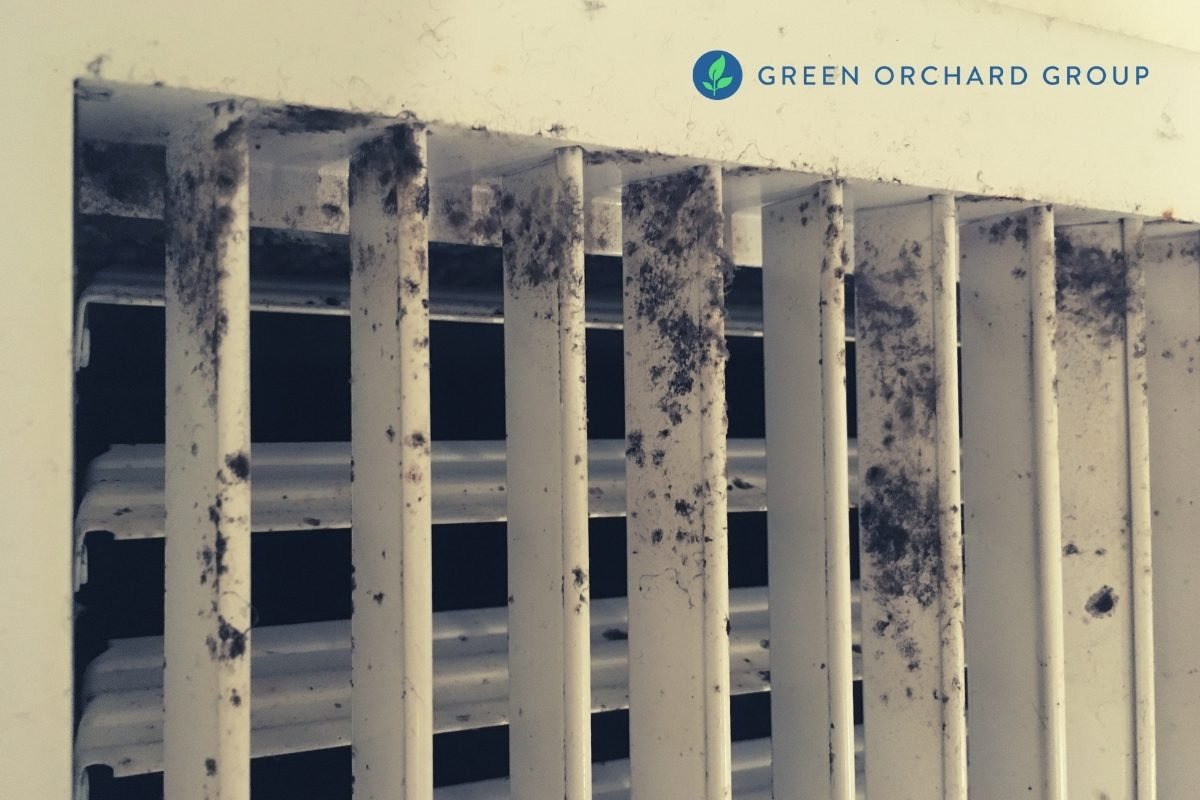Black dust in an air purifier can be alarming. It often raises health concerns.
So, what causes it? Let’s uncover the reasons behind this mystery. Air purifiers are designed to clean the air, but sometimes, they can produce black dust. This dust can come from several sources. It might be a sign of filter issues, environmental factors, or even the purifier itself breaking down.
Understanding the root cause is crucial for ensuring your air purifier works efficiently and safely. In this blog post, we will explore the common causes of black dust in air purifiers. By the end, you’ll know how to prevent it and keep your indoor air clean and healthy. Stay with us as we dive into this important topic.
Common Sources Of Black Dust
Understanding the common sources of black dust in an air purifier can help maintain a clean environment. Black dust can originate from various sources inside and outside the home. Identifying these sources is essential for effective air purifier maintenance.
Household Dust
Household dust is a primary source of black dust in air purifiers. This dust is a mix of fibers from carpets, clothing, and furniture. It may also contain pet dander, hair, and skin cells. Regular cleaning can minimize this dust. Vacuuming carpets and cleaning furniture can reduce dust buildup.
Outdoor Pollutants
Outdoor pollutants can also contribute to black dust. These include vehicle emissions, smoke from industrial activities, and pollen. When windows and doors are open, these pollutants enter the home. Air purifiers then capture these particles, leading to black dust accumulation.
Role Of Air Purifiers
Air purifiers play a crucial role in maintaining indoor air quality. They help remove pollutants and allergens, making the air cleaner and safer to breathe. They are especially important in homes with pets, smokers, or allergy sufferers.
Black dust in air purifiers can be a concern. Understanding how air purifiers work can help address this issue.
How Air Purifiers Work
Air purifiers use filters to capture particles from the air. These filters can trap dust, pollen, smoke, and other pollutants. The purifier then releases clean air back into the room. This process repeats, constantly improving air quality.
Different types of filters can remove various pollutants. Some common filters include HEPA filters, activated carbon filters, and UV light filters. Each type has its strengths and weaknesses.
Types Of Air Purifiers
There are several types of air purifiers available. HEPA air purifiers are popular for their high efficiency. They can capture particles as small as 0.3 microns. This makes them great for removing dust, pollen, and pet dander.
Activated carbon air purifiers are excellent for removing odors and gases. They are often used in homes with smokers or pets. These purifiers work by trapping pollutants in a bed of activated carbon.
UV air purifiers use ultraviolet light to kill bacteria and viruses. They are ideal for improving air quality in areas with high bacteria levels. UV purifiers work best when used with other types of filters.
Each type of air purifier has its unique benefits. Choosing the right one depends on the specific needs of your home. Understanding how air purifiers work can help you make an informed choice.
Signs Of Black Dust In Air Purifiers
Black dust in air purifiers can be a worrying sight. It can indicate various issues with the device. Recognizing the signs early can help you take action. Here are some common signs of black dust in air purifiers:
Visible Dust Particles
One of the most obvious signs is visible dust. If you see black particles on the purifier, it is a clear indicator. These particles can also settle around the purifier. Check the vents and filters for any black residue.
Reduced Air Quality
Another sign is a noticeable drop in air quality. If your air feels heavier or smells different, it could be due to black dust. Your purifier may not work as effectively. You might notice more dust in your home. This can affect your health and comfort.

Credit: www.walmart.com
Impact Of Black Dust On Health
Black dust in an air purifier can cause serious health issues. This is especially true if the dust is not addressed promptly. Contaminants in the air can impact the respiratory system and trigger allergic reactions. Let’s explore these health impacts in detail.
Respiratory Issues
Breathing in black dust can harm the lungs. Dust particles can irritate the respiratory tract. This can lead to coughing, wheezing, and shortness of breath. Those with asthma or COPD may face more severe symptoms. It is important to keep air purifiers clean to avoid these issues.
Allergic Reactions
Black dust can also trigger allergic reactions. Dust mites, mold spores, and other allergens can be present in the dust. Exposure to these allergens can cause sneezing, itchy eyes, and runny nose. For people with allergies, this can be very uncomfortable. Keeping the air purifier clean can help reduce these allergic reactions.
Maintenance Tips For Air Purifiers
Regular maintenance of your air purifier helps it work efficiently. It also prevents issues like black dust. Follow these simple tips to keep your air purifier in top shape.
Regular Filter Replacement
Replacing filters on time is crucial. Dirty filters can lead to poor air quality and black dust. Check the user manual for the recommended filter change schedule. Most air purifiers need filter changes every 3 to 6 months.
Steps to replace filters:
- Turn off and unplug the air purifier.
- Open the filter cover.
- Remove the old filter.
- Insert the new filter.
- Close the filter cover and plug in the unit.
Cleaning The Unit
Regular cleaning of the air purifier is essential. Dust and dirt can accumulate on the unit, affecting its performance. Clean the exterior and interior parts gently.
How to clean the unit:
- Turn off and unplug the air purifier.
- Use a damp cloth to wipe the exterior.
- Vacuum the air intake and outlet vents.
- For the interior, follow the user manual instructions.
Keeping your air purifier clean and well-maintained ensures it works efficiently. This reduces the chances of black dust and other issues.
Choosing The Right Air Purifier
Choosing the right air purifier is essential to keep your home clean. Many air purifiers are available, but not all are effective. Understanding the type of filters used in these devices can help you make an informed decision.
Hepa Filters
HEPA filters are known for their efficiency. They capture 99.97% of particles as small as 0.3 microns. This includes pollen, dust mites, and pet dander. HEPA filters are excellent for homes with allergies.
They are also effective against black dust. The fine mesh in HEPA filters traps even the smallest particles. This ensures clean air circulation in your home.
Activated Carbon Filters
Activated carbon filters remove odors and gases. They work by absorbing pollutants. This makes them great for homes with smokers or pets.
These filters can also capture black dust. The porous surface of activated carbon traps dust particles. This helps in reducing the amount of black dust in your air purifier.
Choosing an air purifier with both HEPA and activated carbon filters is a good idea. This combination ensures maximum purification and a healthier home environment.
Preventing Black Dust Buildup
Black dust in an air purifier can be frustrating. It affects air quality and can harm your health. Preventing this buildup is essential for maintaining a clean and healthy environment. Here, we will discuss two key strategies: sealing windows and doors, and using air purifiers properly.
Sealing Windows And Doors
Sealing windows and doors is a critical step in preventing black dust buildup. Poorly sealed openings allow outdoor pollutants to enter your home. This can lead to an accumulation of dust in your air purifier. Use weatherstripping or caulk to seal gaps around windows and doors. This creates a barrier that keeps dust out.
- Inspect your windows and doors for gaps.
- Apply weatherstripping or caulk to seal these gaps.
- Consider using draft stoppers for doors.
Regularly check these seals to ensure they remain intact. Replace them when necessary to maintain their effectiveness.
Using Air Purifiers Properly
Proper use of air purifiers helps in preventing black dust buildup. Ensure you follow the manufacturer’s instructions for your device. Place the purifier in a central location for optimal air circulation. Avoid placing it near walls or corners, as this can restrict airflow.
- Follow the manufacturer’s instructions for placement and use.
- Place the purifier in a central, open area.
- Regularly clean or replace filters as recommended.
Cleaning or replacing filters on time is crucial. Dirty filters can cause black dust to accumulate. Set a reminder to check filters regularly. Keeping a maintenance schedule will ensure your air purifier works efficiently.
| Tip | Action |
|---|---|
| Inspect Seals | Check windows and doors for gaps |
| Use Properly | Follow manufacturer’s instructions |
| Filter Maintenance | Clean or replace filters regularly |

Credit: www.griffithenergyservices.com
Long-term Solutions
Finding black dust in your air purifier can be concerning. Long-term solutions can help keep your air purifier in top condition. These solutions ensure cleaner indoor air and a healthier living environment.
Improving Indoor Air Quality
Enhancing indoor air quality is key. Regularly change air filters. Clean surfaces to reduce dust buildup. Use a vacuum with a HEPA filter.
- Regularly change air filters: Follow the manufacturer’s guidelines. This prevents dust accumulation.
- Clean surfaces: Dust and wipe surfaces often. This reduces overall dust in your home.
- Use a HEPA vacuum: These vacuums trap fine particles. They prevent dust from recirculating.
These steps help maintain a dust-free environment.
Scheduling Professional Inspections
Professional inspections ensure your air purifier works properly. Experts can identify and fix issues. Schedule inspections at least once a year.
- Annual inspections: Professionals can clean and inspect your unit. They ensure it functions efficiently.
- Addressing issues: Experts can spot problems early. This prevents bigger issues later.
Regular maintenance keeps your air purifier in great condition.
| Action | Benefit |
|---|---|
| Change filters | Reduces dust buildup |
| Clean surfaces | Decreases dust in the air |
| Use HEPA vacuum | Traps fine particles |
| Annual inspections | Ensures optimal performance |
By following these long-term solutions, you can improve indoor air quality and keep your air purifier working efficiently.

Credit: www.desertcart.in
Frequently Asked Questions
What Causes Black Dust In Air Purifiers?
Black dust in air purifiers is usually caused by carbon particles. These particles come from the activated carbon filters. They can also result from external pollutants like soot or smoke.
Is Black Dust In Air Purifiers Dangerous?
Black dust in air purifiers is generally not harmful. It mainly consists of carbon particles. However, excessive dust could indicate a malfunction.
How Can I Prevent Black Dust In My Air Purifier?
To prevent black dust, regularly clean and replace the air purifier filters. Ensure the air purifier is in a clean environment.
Can Black Dust Reduce Air Purifier Efficiency?
Yes, black dust can clog filters and reduce efficiency. Regular maintenance and filter replacement help maintain optimal performance.
Conclusion
Black dust in air purifiers can stem from various sources. Regular cleaning and maintenance help reduce buildup. Check filters frequently to ensure proper function. Consider the environment where the purifier operates. High-traffic areas may need more attention. Quality air purifiers can also make a difference.
Choose models with efficient filtration systems. Understanding the cause helps maintain cleaner air. Breathe easier with a well-maintained air purifier. Stay proactive for healthier indoor air quality.
Rakib Sarwar is a Registered Pharmacist and a reputed health and wellness blogger. He has a great interest in Air purifiers.
